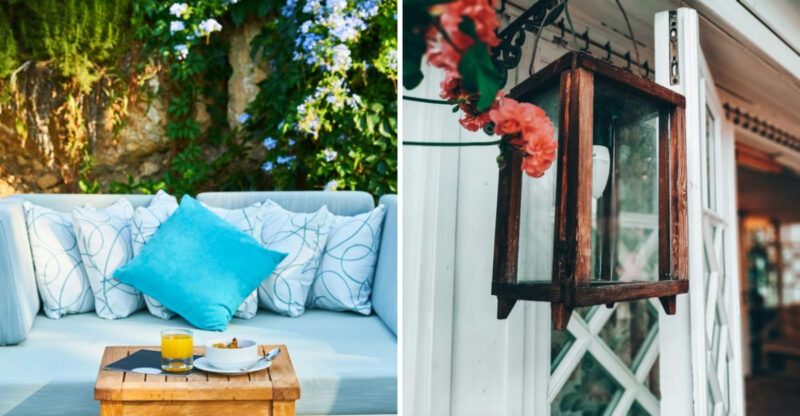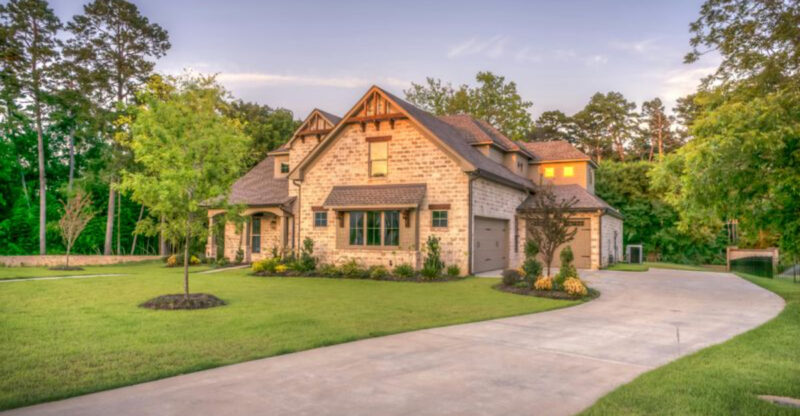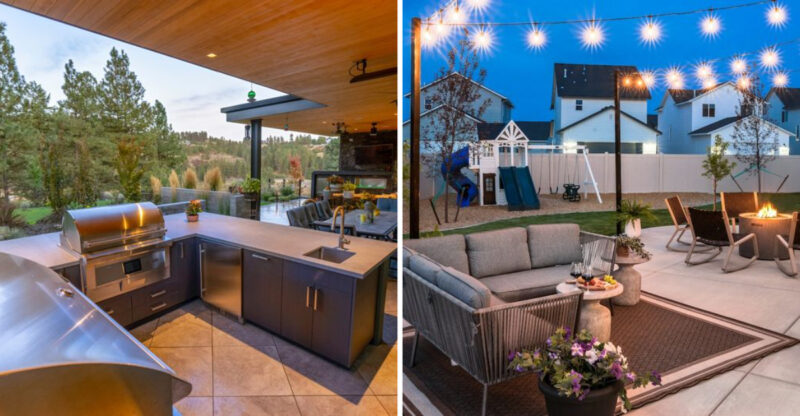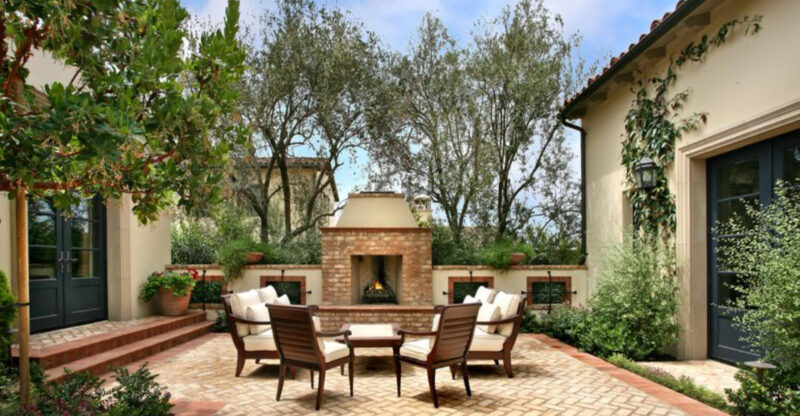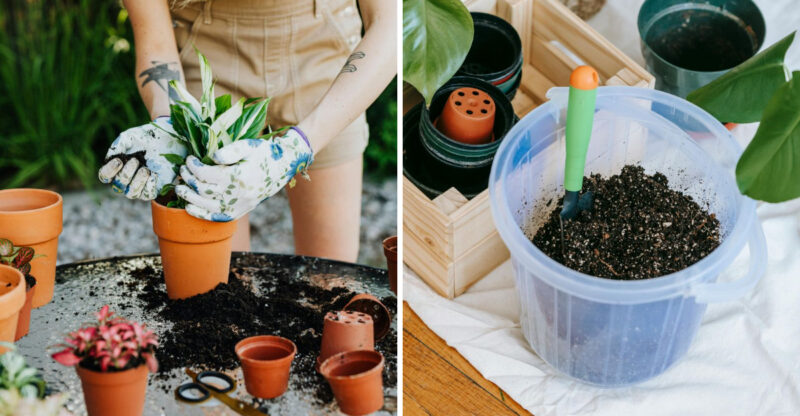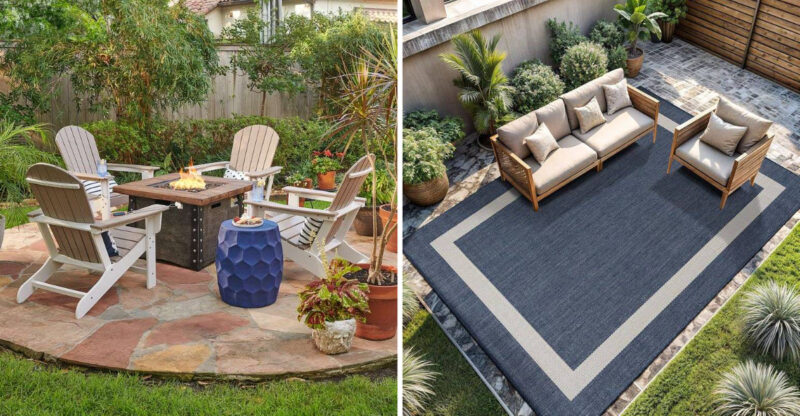13 Landscaping Mistakes That Can Raise Your Home’s Temperature
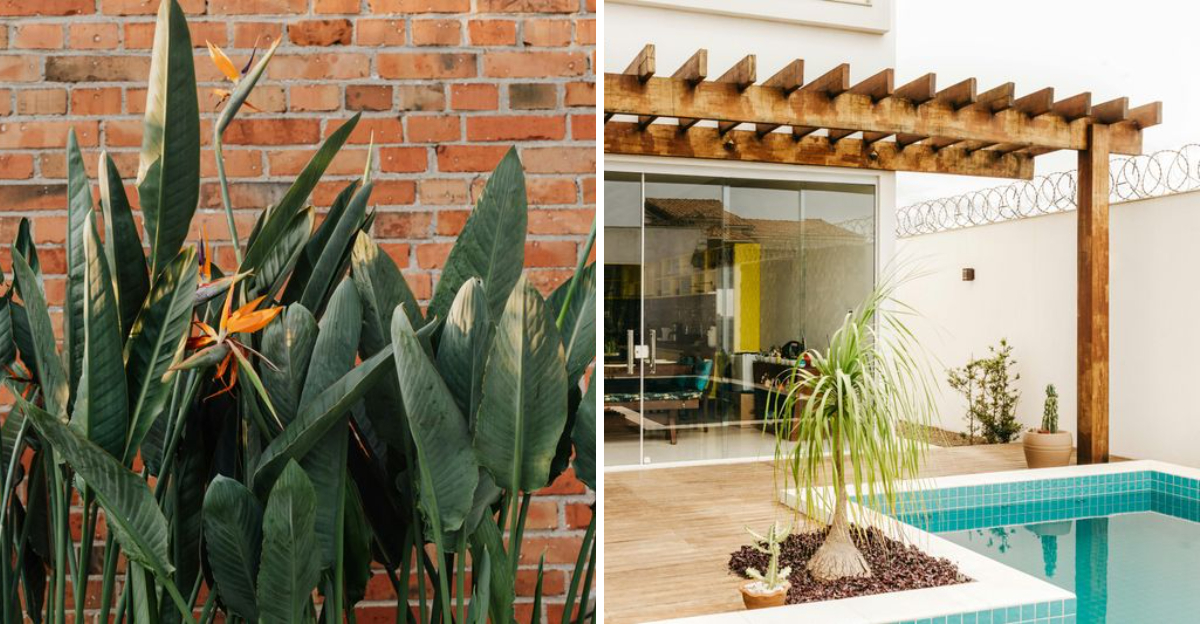
Your yard isn’t just about looks – it can actually make your home hotter or cooler! Many homeowners unknowingly make landscaping choices that trap heat around their houses, driving up both indoor temperatures and cooling costs.
By avoiding these common mistakes, you can create a more comfortable home environment while potentially saving money on energy bills.
Use these tips as a guide, and consider your local climate and conditions.
1. Paving Paradise
Covering your yard with concrete, asphalt, or stone creates a heat island effect. These materials absorb sunlight throughout the day and radiate heat well into the evening, turning your yard into a makeshift oven.
The temperature difference between paved and planted areas can be as much as 20-30 degrees! Consider permeable pavers or limit hard surfaces to essential areas only.
2. Missing Shade Trees
A yard without strategically placed shade trees forces your air conditioner to work overtime. Trees on the south and west sides of your home can block intense afternoon sun, reducing indoor temperatures by up to 10 degrees.
Fast-growing varieties like maple, oak, or elm provide cooling benefits within just a few years. Their leafy canopies act as natural umbrellas for your home.
3. Neglecting Wind Patterns
Blocking natural breezes with solid fences or dense shrub arrangements prevents cooling air from circulating around your home. Understanding your local wind patterns helps you design landscape features that channel refreshing breezes toward your house.
Solid barriers can be replaced with lattice tops or strategically placed openings. Consider how air moves across your property throughout different seasons.
4. Crowding Plants Against Walls
Planting shrubs and trees too close to your home’s exterior walls traps moisture and heat. Without proper air circulation, this humid microclimate becomes a heat pocket that transfers warmth into your home.
Follow the mature-size spacing guidelines for all plants. Generally, keep foundation plants at least 2-3 feet from walls, allowing for adequate airflow that helps cool exterior surfaces naturally.
5. Forgetting About Reflective Heat
Light-colored walls, windows, and metal features bounce sunlight onto nearby plants and surfaces. This reflected heat can magnify temperature problems, especially in south-facing areas.
Monitor your yard throughout the day to identify reflection hotspots. Plant heat-tolerant species in these areas or use trellises with climbing vines to absorb and diffuse the reflected light before it hits your home.
6. Skipping Vertical Greenery
Bare walls exposed to direct sunlight can absorb tremendous heat. Vertical gardens, trellises with vines, or espalier trees create living insulation that shields your home from solar gain.
Plants like ivy, clematis, or grape vines can reduce wall temperatures by up to 20 degrees through evapotranspiration – the plant version of sweating. This natural cooling system works continuously during hot weather.
7. Thirsty Lawn Syndrome
Traditional water-hungry lawns require constant irrigation during hot months. When they inevitably brown during water restrictions or drought, they reflect less heat and absorb more, creating a warmer microclimate around your home.
Consider replacing portions of traditional turf with drought-resistant alternatives like buffalo grass or sedges. These options stay cooler naturally without excessive watering needs.
8. Water Feature Failures
Poorly designed water features can become stagnant, attracting mosquitoes without providing cooling benefits. Effective water elements need movement and proper sizing to create evaporative cooling.
Even small features like bubbling fountains can lower surrounding air temperatures by 5-10 degrees. Ensure proper circulation with pumps and consider placement where prevailing winds will carry the cooled air toward your home.
9. Ignoring Seasonal Sun Angles
The sun’s path changes dramatically between summer and winter. Deciduous trees planted without considering these seasonal shifts might provide shade when you don’t need it and allow heat in when you do.
Map the summer sun’s path across your property before planting. Ideal locations block harsh summer rays while allowing beneficial winter sunlight to reach your home, creating a naturally regulated temperature environment year-round.
10. Excessive Outdoor Lighting
Heat-generating landscape lighting adds unnecessary warmth to your yard after sunset. Traditional incandescent lights can reach temperatures of 300+ degrees, creating numerous mini heat sources throughout your property.
Switch to LED landscape lighting that runs significantly cooler. As a bonus, they use 75% less energy and last much longer! Position fixtures away from windows to prevent heat transfer into your home.
11. Overlooking Ground Covers
Bare soil absorbs heat rapidly and releases it slowly, raising ambient temperatures around your home. Ground covers provide living insulation that moderates soil temperature through shade and evaporation.
Low-growing options like creeping thyme, sedum, or ajuga create cooling carpet effects while suppressing weeds. Their shallow root systems don’t compete significantly with nearby plants for water or nutrients.
12. Heat-Trapping Garden Walls
Solid stone, brick, or concrete garden walls absorb heat all day and radiate it well into the night. These thermal mass features can significantly increase your yard’s ambient temperature, especially in enclosed spaces.
Consider gabion walls (wire cages filled with rocks) that allow air movement, living walls with plants, or wooden structures that store less heat. If solid walls are necessary, position them where they won’t reflect heat toward your home.
13. Forgetting Pergola Potential
Bare patios and decks absorb tremendous heat without overhead protection. A properly designed pergola creates dappled shade that can lower surface temperatures by 20-40 degrees while still allowing gentle light through.
Cover pergolas with deciduous vines like wisteria or grape that leaf out in summer and drop leaves in winter. This natural seasonal adjustment maximizes comfort year-round while adding beautiful vertical interest to your outdoor living spaces.

